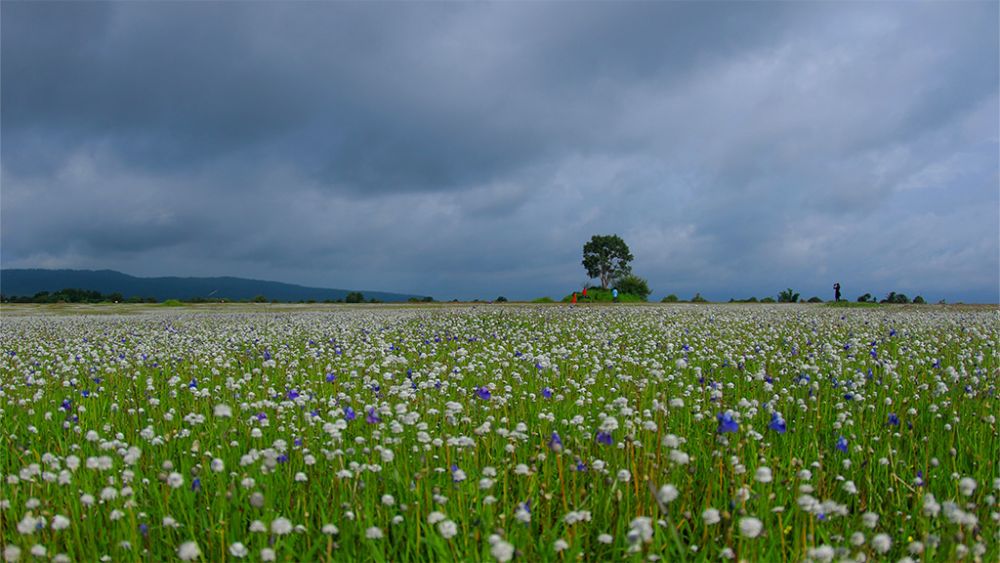

Madayipara, a laterite plateau located in the heart of Kannur District of Kerala, India, has an ambience steeped in history, culture, and natural beauty. The region has been a silent witness to various historical events and cultural shifts, influencing not only the demographics but also the tourism patterns in the area.
Madayipara was once the administrative center of the Ezhimala kings during ancient times and has been home to several religious and cultural edifices. Set against a backdrop of rich biodiversity, Madayipara hosts the remnants of a fort called Pazhi Kotta, which adds to the tourism appeal due to its historical value.
Tourism in Madayipara began to gain momentum with the increase in nature lovers and history enthusiasts discovering the region. The laterite plateau changes colors with the seasons, showcasing a vibrant cover of flowers in the monsoon and a reddish hue in the summer, which attracts photographers and botanists alike.
With the presence of the ancient Madayi Kavu Temple, dedicated to goddess Kali, and the Malik Ibn Dinar Mosque, which is one of the earliest mosques in Indian subcontinent built in the 7th century AD, Madayipara also appeals to those interested in spiritual and religious heritage.
In recent years, there has been a favored trend towards ecotourism, placing Madayipara as a significant destination for those wishing to experience its unique floristic diversity. The plateau is home to about 300 flowering plant species, including the rare and endemic. This shift towards sustainable tourism practices has led to increased awareness and conservation efforts to maintain the biodiversity and ecological balance of the region.
The celebration of local festivals, such as the "Pooram" observed in Madayi Kavu Temple, is a significant draw for domestic tourists. The rich tapestry of cultural expressions exemplified during these times has made Madayipara a vibrant destination that mirrors Kerala’s traditional ethos.
Responsible Tourism has been the latest trend in Madayipara, where emphasis is laid on minimizing environmental impact and enhancing the well-being of the local community while offering authentic travel experiences. Visitors are more conscious about their travel choices, seeking to engage in local culture, cuisine, and contributing to the conservation of natural sites.
Madayipara is accessible throughout the year, although post-monsoon months are the best time to visit when the plants are in full bloom. To truly experience the essence of Madayipara, visitors are encouraged to interact with the local communities, take part in preservation efforts, and indulge in the peaceful retreat that this plateau offers away from the hustle and bustle of city life.
Come and explore the serene landscape of Madayipara, where history and nature converge to create an unforgettable experience for travelers around the globe.